March 19th, 2024 | By Camille Jasinski
The Pacific eDNA Coastal Observatory (PECO): A Framework for Transboundary Collaboration
Last month the Ocean Decade Collaborative Center for the Northeast Pacific launched a new blog series, Highlighting Biomolecular Ocean Observing in the Northeast Pacific, aiming to amplify biomolecular ocean observing efforts across the region that have been endorsed by the UN Decade of Ocean Science for Sustainable Development (the Ocean Decade). Our first blog kicked off with the Ocean Biomolecular Observing System (OBON) Programme, which helps connect individual endorsed biomolecular ocean observing programs and is fostering collaboration and communication between these programs around the world.
Across the West Coast of North America, the Pacific eDNA Coastal Observatory (PECO) has set up monitoring sites spanning 26 degrees latitude (Alaska to Southern California). The main objective of the PECO project is to observe and track nearshore marine fish distributions across their species ranges, with an annual ‘snapshot’ of environmental DNA (eDNA) sampling and beach seines. To achieve this objective, partnerships and collaboration across the Northeast Pacific coast have been crucial.
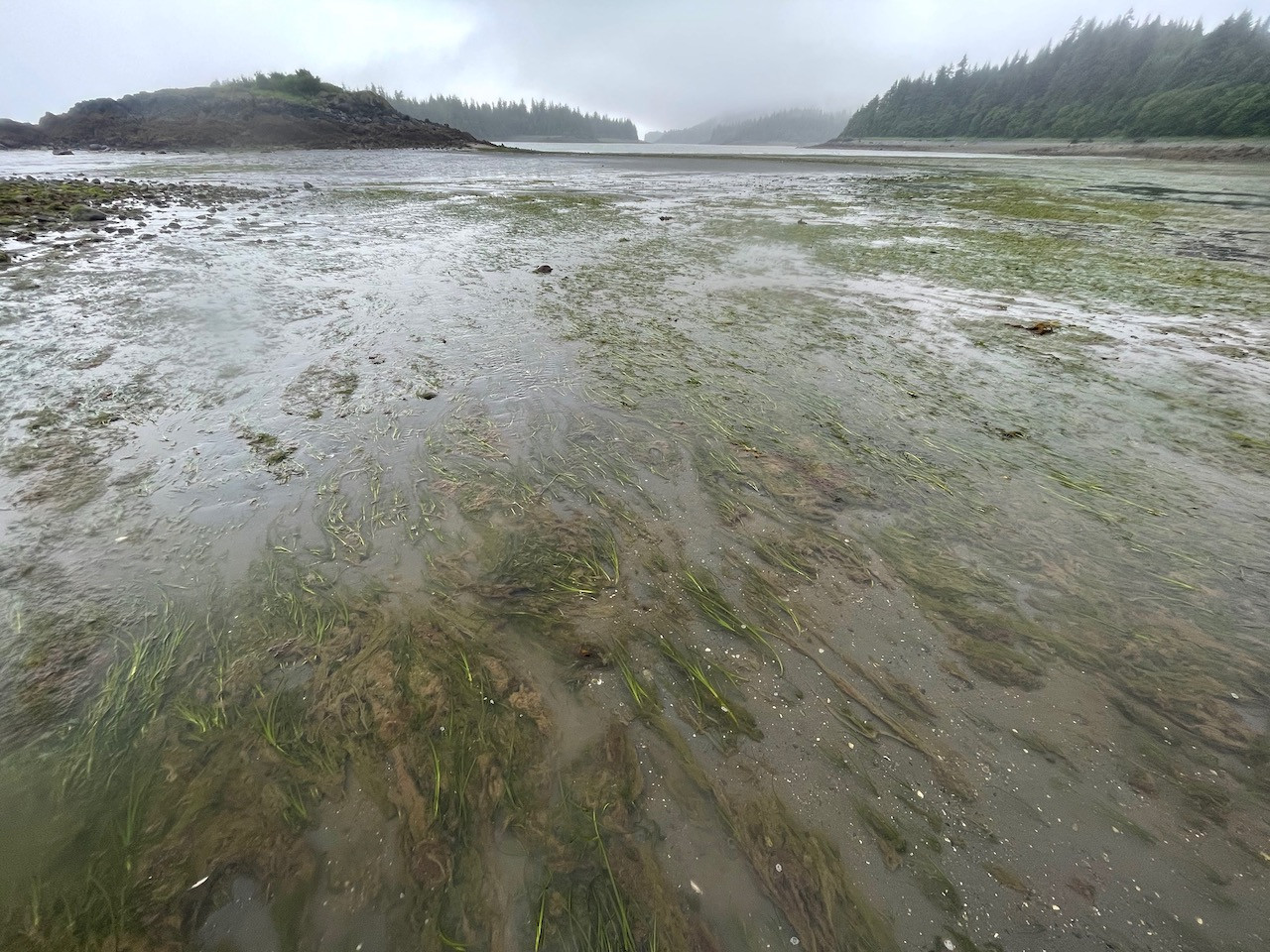
Ocean observation has shown that species ranges are shifting in response to climate change, but we lack detailed and systematic observations of species distributions across large scales. The coast-wide PECO observatory is currently collecting eDNA from within a single habitat - seagrass. The PECO project team is focusing on seagrass habitats because they are found somewhat regularly along the Pacific coast, and they provide critical habitat for fish and invertebrates and support ecosystem well-being. It is from these seagrass beds that PECO is assessing broad-scale biogeographical distributions of marine biodiversity, to better understand how changes in climate are affecting seagrass-associated fish distributions along the Pacific coast currently. Going forward, these data will support our understanding of future range shifts associated with projected changes in coastal conditions.
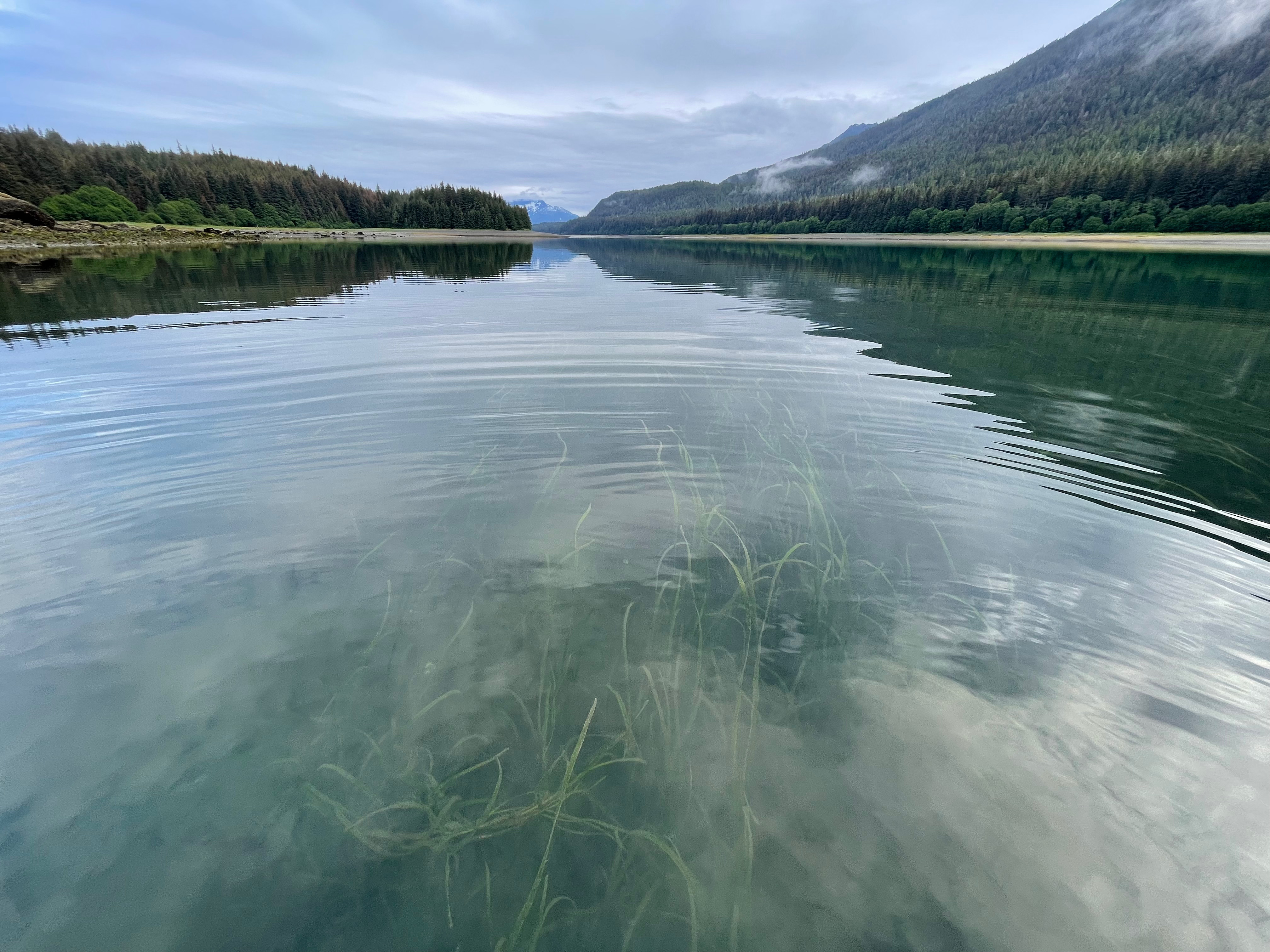
A Framework for Collaboration
It would be impossible for one group to sample the coastline at this scale all at once, so PECO is composed of a ‘supergroup’ of local partners working across a broad biogeographical range. At each of the sites, multiple water samples are collected, processed, and sent to the Hakai Institute Quadra Centre to be analyzed using an eDNA metabarcoding process. This provides an opportunity to share capacity for ocean observing using eDNA so not every group needs to build a (costly) genomics research program, demonstrating a framework for a large-scale partnered multi-national environmental DNA observatory.
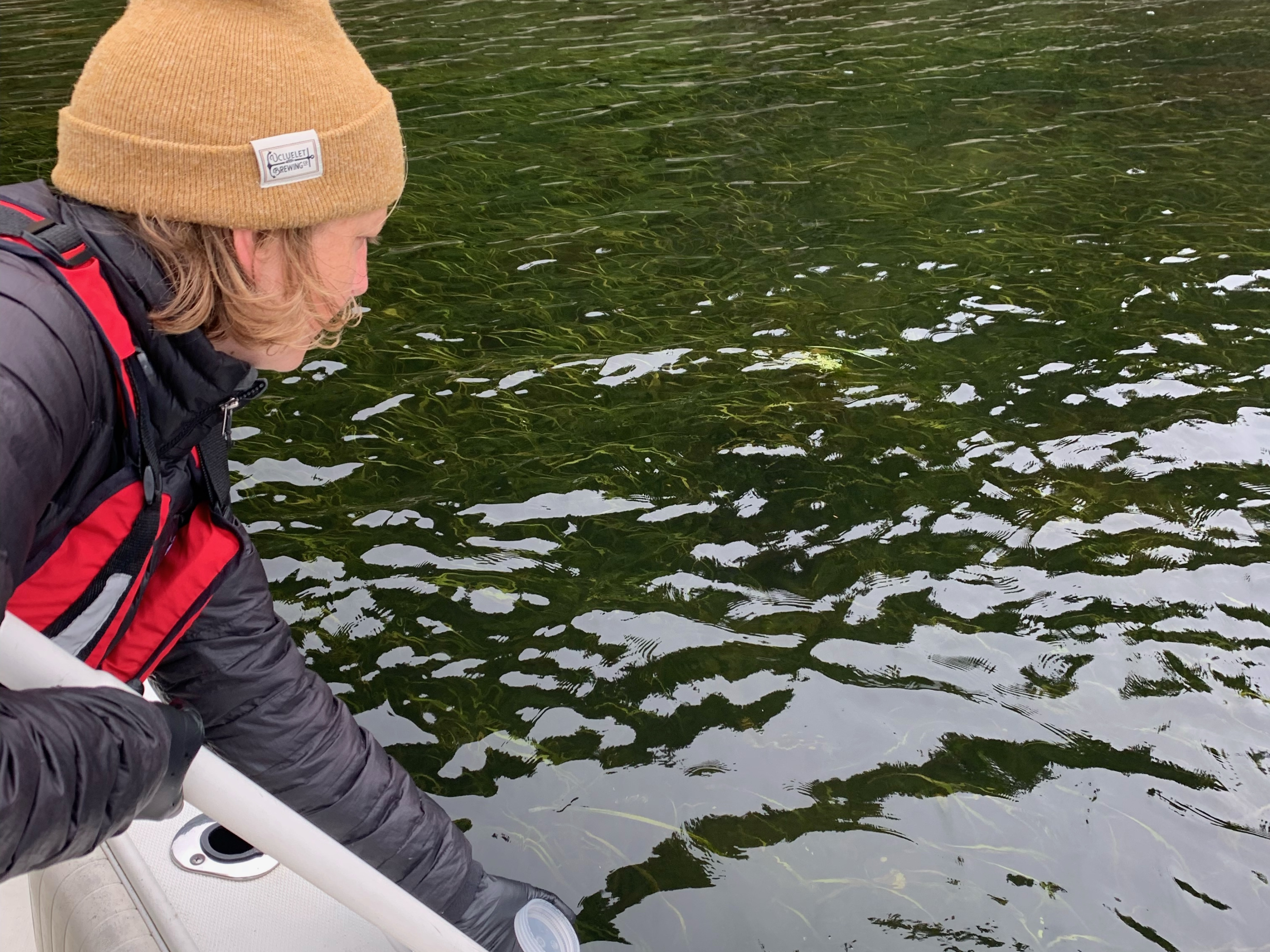
As with any collaborative effort, getting the PECO project off the ground was not without its challenges. Some of these challenges were logistical - for example, getting sampling kits to partners on time - for which the Hakai Institute now has dedicated personnel and a ‘prep room’ which brings the operation to an impressive level of efficiency. Others were around scale - for example, asking for 25 samples from each partner, and needing to sterilize the sampling kits between every 5 samples. Some tinkering with the sampling kits should improve efficiency for next year’s deployment. Despite these small challenges, partners still came together to make the PECO project successful. One of the most exciting aspects of this program is that each partner usually builds a small field team every year, some of whom are summer interns or colleagues who come along for the experience. When kits are returned, data entered, and photos are uploaded, the PECO team gets a chance to interact with folks learning about eDNA all across the western seaboard.
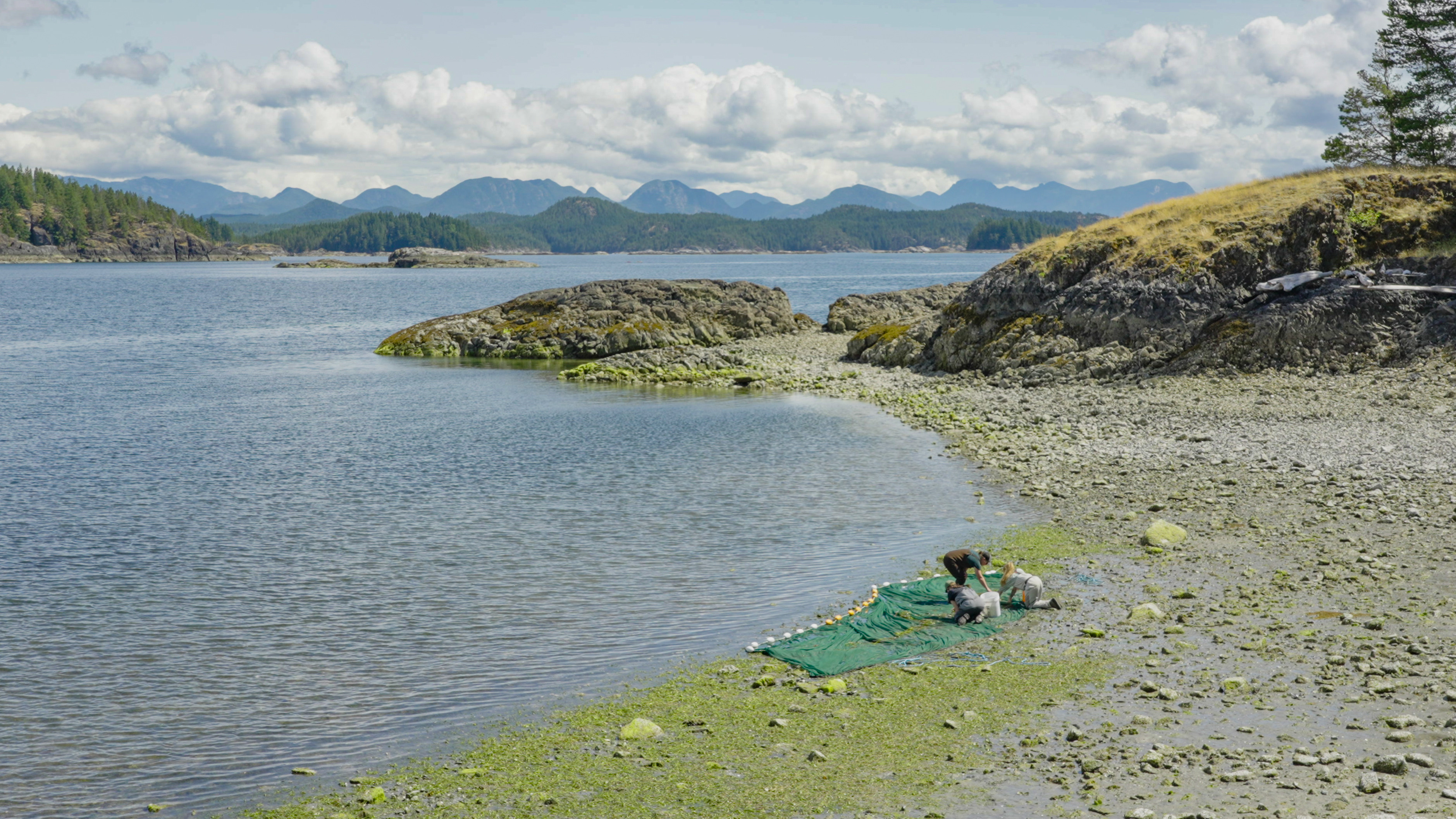
When the PECO project began, the team called on existing research networks to solicit partners who study and work in local seagrass habitats. But in order to build a spatially-balanced design, they also cold-called researchers and other organizations to help fill in the blanks and extend the monitoring network. The network that emerged stretches from Alaska to Southern California, and has successfully standardized an annual sample over the past 3 years. What brought these partners together was possibly the invitation to engage with a new technology (eDNA sampling) without taking it on entirely themselves or within their own organization. The network also adheres to the FAIR principles, sharing data among network members. Biomolecular observation is multidisciplinary, and these partnerships set up a collaboration across disciplines that continues to leverage existing expertise.
The PECO project presents an unique opportunity to build something greater than the sum of its parts. Tracking fish distributions across space and time will give insights into the effects of a changing climate on these environments at a larger scale. Having a coast-wide view of species that might be ‘about to arrive’ or ‘about to leave’ based on its distribution gives a new layer of information that could make forecasts better or more precise. There is a lot to be gained from collaborating on this kind of data at such a scale. Networked ecology, an approach to understanding ecosystems in which protocols are shared among researchers to create observations comparable across large spatial scales, is on the rise in the natural sciences. At PECO, the beauty of using eDNA is that all of the downstream processing (e.g. DNA benchwork and species identification) can be done in one place, which can help ensure the data are comparable (e.g. species identification).
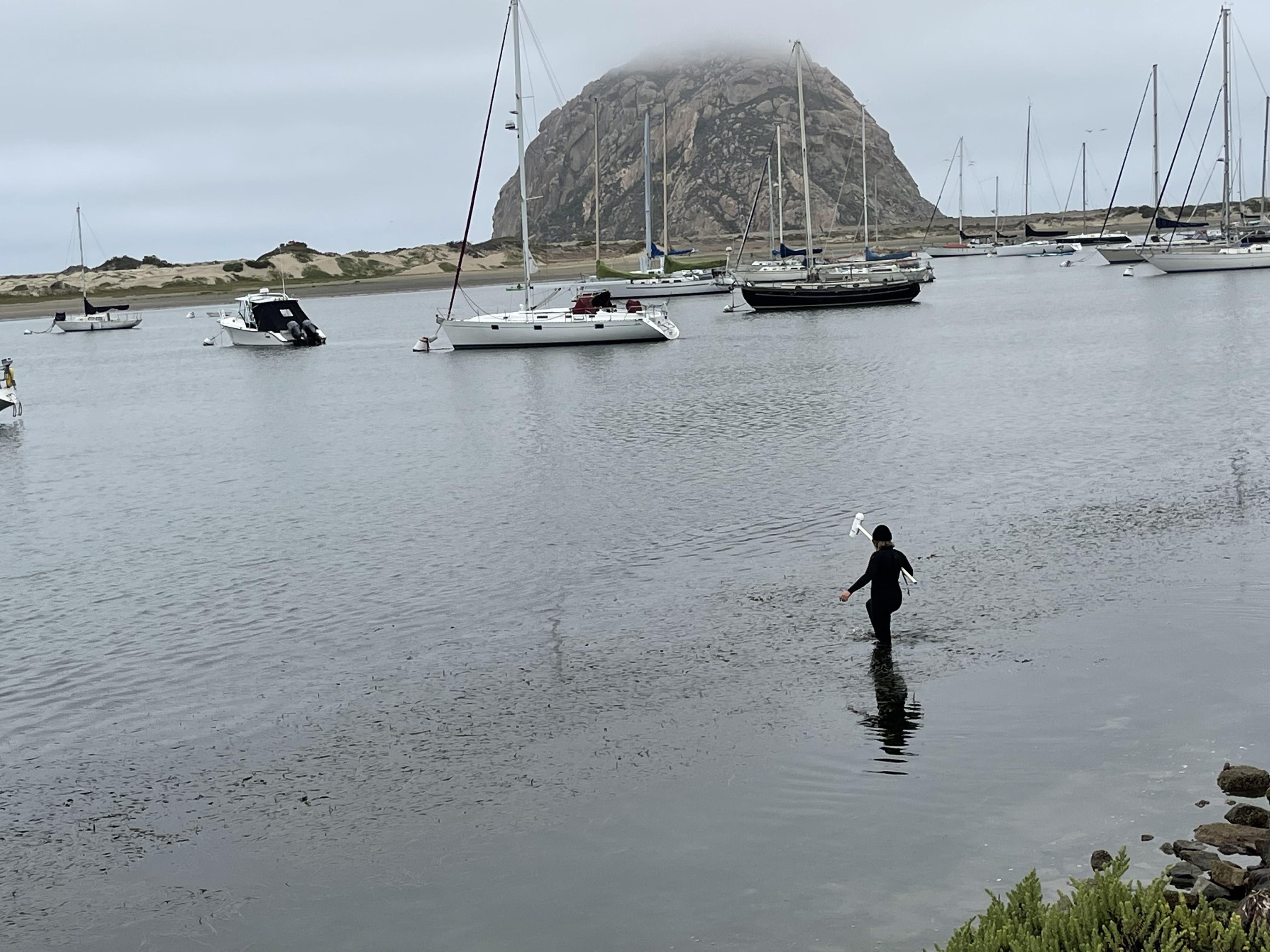
In general, the success of the PECO program depends on the coordinated sampling efforts of a large network of researchers, but even more, it requires a large and enthusiastic network of collaborators. As the project moves forward into its fourth year, data are already showing interesting patterns in the latitudinal distribution of many species. Several species have northern or southern range boundaries within the range of PECO’s collection and these are candidates to watch for range shifts over the coming decade. So far, the PECO project has provided an ideal framework for transboundary collaboration and the group is excited to extend into the future.
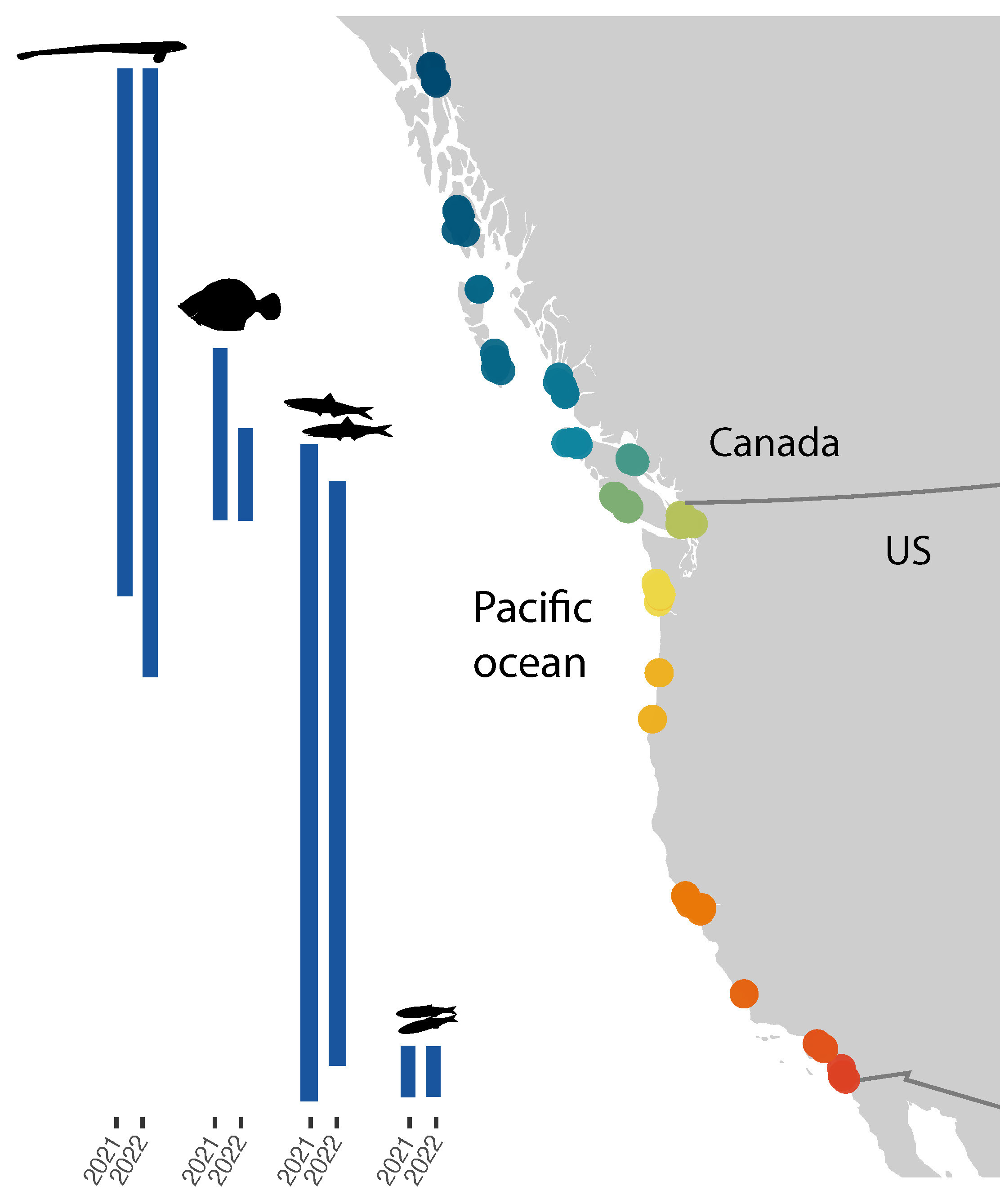
Special thank you to PECO project partners Jennifer Sunday, Matt Lemay, and Margot Hessing-Lewis for helping put together this blog!